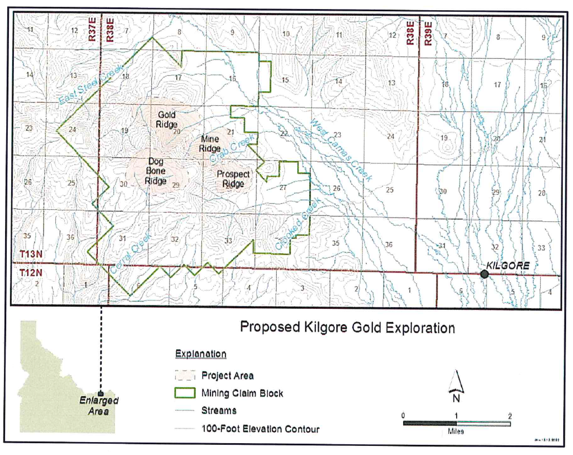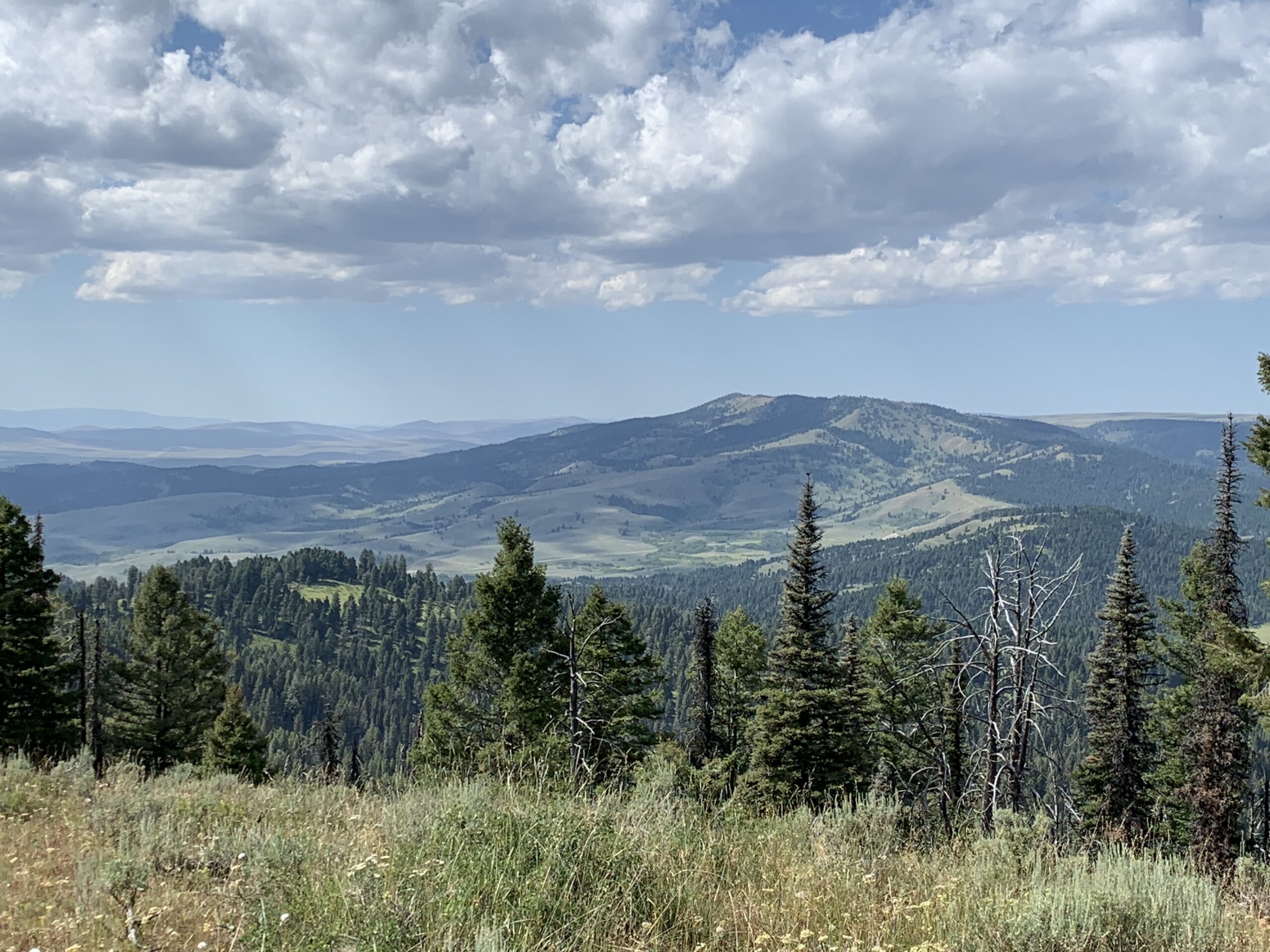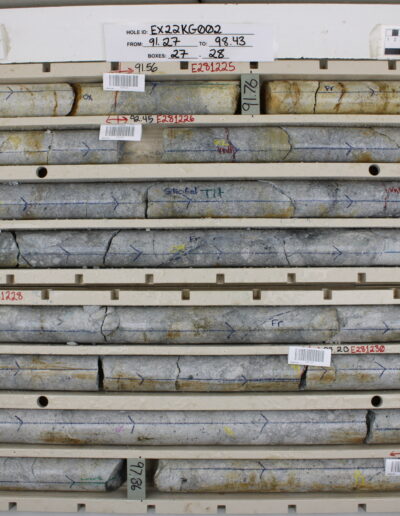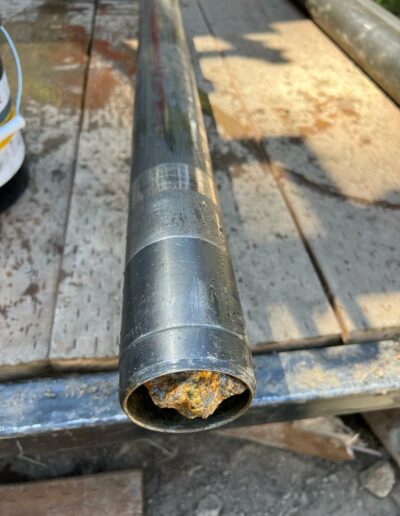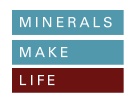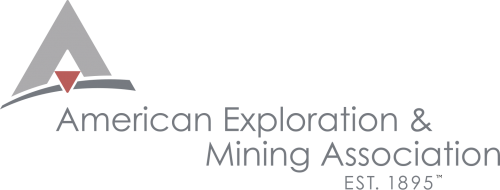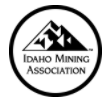Frequently Asked Questions
Our team is happy to answer any additional questions you may have. Click to the link below to contact us today. Ask Us!What to Know About the Kilgore Gold Exploration Project
What is the status of the Project now?
As of July 2022, Excellon Idaho Gold commenced field exploration for potential additional mineralized zones at the historic Kilgore gold deposit in Clark County, Idaho.
Excellon is exploring high-priority targets, including Mine Ridge and Prospect Ridge, for possible gold mineralization beyond the currently defined mineral resource estimate.
In November 2021 the U.S. Forest Service approved Excellon Idaho Gold’s Kilgore Gold Exploration Project Plan of Operations.
Where is the Kilgore Deposit located?
The Kilgore Project is located 20 miles northeast of Dubois and totals about 16,774 acres. The property includes historical mine workings dating back to the early 1900s. The Kilgore Project is a caldera-related epithermal gold deposit.
How long will it take to complete the Project?
Drilling will be conducted in phases, with up to three drill rigs at any time, and will take between three to five years to complete. Active drilling will begin no earlier than July 15 each year and will continue until November 15, or if the weather allows and the USFS consents, December 15. At the end of each operating season, surface disturbances that have not been fully reclaimed will be stabalized to minimize seasonal effects.
Didn’t the U.S. Forest Service already approve the Project in 2018?
Yes. Excellon Idaho Gold’s predecessor, Otis Capital USA Corp. (“Otis”), received approval for a similar plan of operations from the USFS in 2018. Otis completed drilling and road construction in the fall of 2019, but the 2018 Environmental Assessment was vacated by U.S. District Court Judge B. Lynn Winmill on May 4, 2020.
What are Excellon Idaho Gold’s plans for after the Project is completed?
Excellon Idaho Gold places the highest value on being a responsible member of the communities in which it operates, focusing on the long-term for all stakeholders – this Project is no different. Upon the successful completion of the Project along with further collaboration with the USFS, regulators and the public, it is Excellon Idaho Gold’s goal to advance the Project towards development in the coming years. Although it is too early to determine what the advancement of the Project may look like, Excellon Idaho Gold is committed to open and transparent communication with all stakeholders along the way.
Exploration and the Environment
How will Excellon Idaho Gold minimize the environmental impact to the land?
Excellon’s plan for the Kilgore Project area is to collect and analyze data from zones with high-grade mineralization. Excellon is conducting surface drilling, subsurface imaging, and surface sampling to determine the full potential of the site. More importantly, all impacts to the landscape will be fully reclaimed or put back to better than how it was found, either on a seasonal basis or at the end of the Project.
Does Excellon Idaho Gold plan to use cyanide during the Project?
No. The 2021 Environmental Assessment is only for exploration drilling and does not authorize commercial mining operations. The use of cyanide to process gold in a commercial mining operation is dependent on several factors, including the mining method, which is currently unknown.
What needs to be constructed to complete the Project?
Roads and drill pads will need to be constructed throughout the Project area.
Whenever possible, previously constructed roads, including already existing USFS roads, will be utilized. Approximately ten miles of new roads have been proposed which will be constructed as needed and will be reclaimed on an ongoing basis. Roads will be constructed using favorable topography or where roadbeds currently exist.
Drill pads will be constructed within the footprint of existing and proposed roads to minimize disturbance. Further, drilling results will be analyzed concurrently and fewer road miles may be needed to complete the Project.
Will Excellon Idaho Gold be clear cutting trees during the Project?
No. Excellon Idaho Gold will not be clear cutting any trees during the Project. Further, Excellon Idaho Gold has proposed to take special measures to conserve the existing population of whitebark pine in the Project area. While the removal of some seedlings and saplings for road placement is likely unavoidable, existing healthy, mature, cone-bearing trees will be avoided whenever possible. Where appropriate, Excellon Idaho Gold will undertake to create areas suitable for the regrowth of whitebark pine, which should promote the further growth over time with a diversity of age classes.
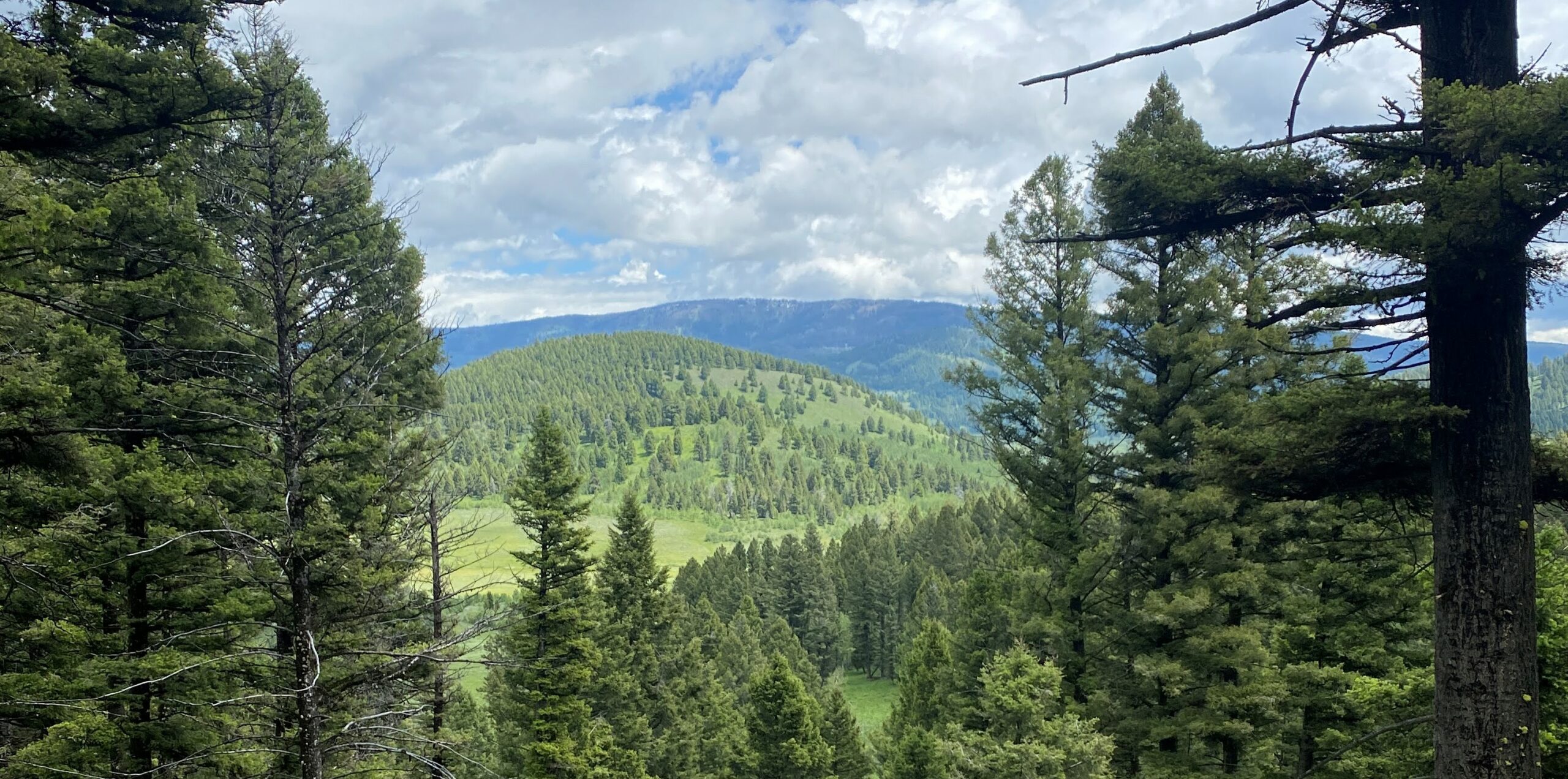
Why did the Court vacate and remand the 2018 Environmental Assessment?
The Court concluded that the 2018 Environmental Assessment did not provide adequate information on the Dog Bone Ridge area of the Project, specifically concerning groundwater. This deficiency has been addressed in the Plan and is reflected in the 2021 Environmental Assessment.
Did the Court consider environmental plaintiffs’ other assertions about alleged environmental impacts?
The Court considered several other claims which were ultimately rejected. This included claims that the USFS failed to adequately consider impacts to grizzly bears and whitebark pine and claims that the USFS failed to consider the risks of fuel spills, soil degradation and sedimentation.
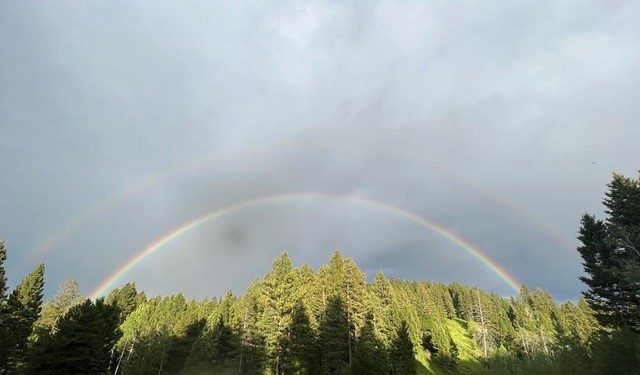
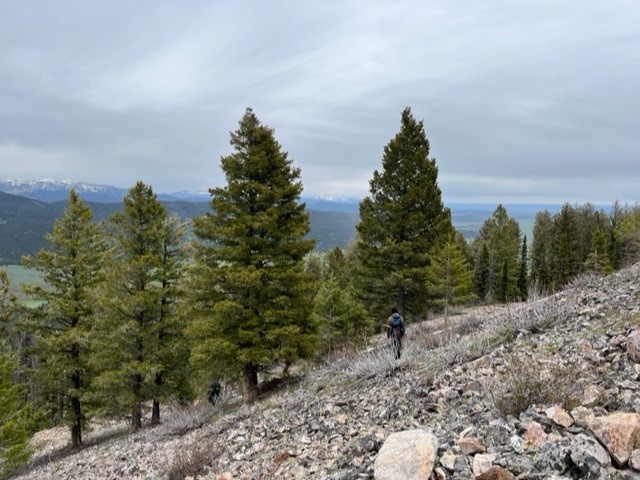
Mining Terminology
What is mineral exploration?
Mineral exploration is the process of meticulously searching for and analyzing land for potential precious and other useful metals mineralization. Exploration, or advanced prospecting, is the first step in learning more about possible mineralization underground. Based on exploration results, a preliminary economic analysis will typically be conducted to determine if there is an economically sufficient amount of minerals in the deposit. Exploration for necessary minerals is crucial to our nation’s efforts to become self-reliant and eliminate foreign dependency.
What is reclamation?
Reclamation is the process of removing equipment used and restoring disturbed areas created during mineral exploration, as well as restoring the land and its surrounding area to an ecologically functional or economically usable state. Essentially, reclamation is how a project site is returned to better than how it was found. The permitting process that every U.S. project must go through before mining operations can begin include the creation of a robust plan to fulfill every envrionmental stewardship responsibility to the highest standard of excellence.


